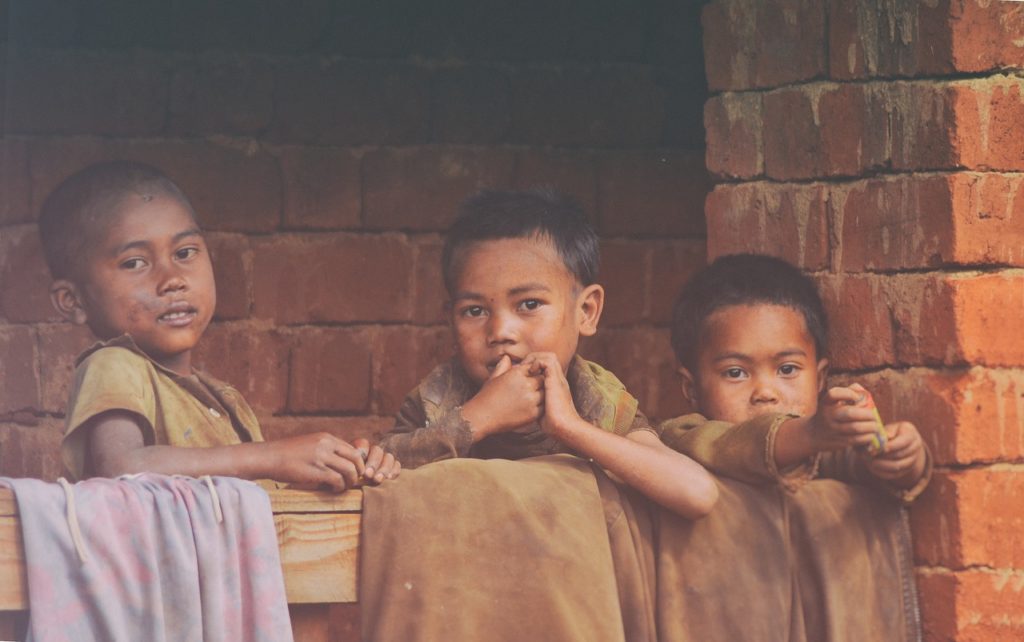WHO defines malnutrition as a condition categorized by deficiencies, excesses, or imbalances in a person’s intake of energy and/or nutrients. Malnutrition presents a large-scale and complex problem across the world since it affects most of the global population. The effects of malnutrition are detrimental for health and if severe, may lead to irreversible damage. It causes poor brain development, compromised immune function, increased risks of chronic diseases, a decrease in work productivity, and reduced earnings.
India is off course to meet the global targets for all indicators. Additionally, to meet the Sustainable Development Goals by 3030, India needs to accelerate its progress.

Child growth is internationally recognized as an important indicator of nutritional status and health in populations due to their vulnerability. Globally, India contributes to over one-fifth of child death (Verma et al., 2016). GNR 2018 estimates that malnutrition could cost society up to the US $3.5 trillion per year. Productivity losses due to poor nutrition are estimated to be >10% of lifetime earnings for individuals, and 2-3% of GDP to the nation. The cost of treating malnutrition is 27 times more than the investment required for its prevention (Indian National Science Academy, 2011). In terms of GDP, the Indian government spends a mere 1.6% on healthcare in the FY20 budget which is one of the lowest in the world.

Overweight, obesity and diet-related non-communicable diseases On the other end of the spectrum, the prevalence of childhood overweight and obesity in India is 19.3% (Ranjani et al., 2016). The problem of over-nutrition is commonly observed in the upper socio-economic strata of the population.
Micronutrient-related malnutrition Micronutrient deficiency is also known as hidden hunger because it may or may not manifest itself as a physical deficiency in populations. India is ranked 8 out of 149 countries in the Hidden Hunger Index score. In India, 58.5% of children are anemic, 74% are at risk of anemia as a result of iron deficiency (NFHS-4, 2015-2016) and 62% and 31% at risk of vitamin A and iodine deficiency respectively (Ritchie et al., 2018). More than half of child deaths in India are because of diarrhea and acute respiratory infection (ARI), here comes the role of micronutrients, which play a highly significant contribution in prevention and control of this morbidity (Verma et al., 2016). Four strategies have been identified to eliminate hidden hunger in populations: Dietary diversification, micronutrient supplementation, food fortification (intentionally adding micro-nutrients to food to improve its nutritional content) and bio-fortification (improving nutritional quality of food crops through agronomic practices, conventional plant breeding, or modern biotechnology)
These three burdens often coexist in the same community and even household (Ingram, 2018). Therefore, India is said to suffer from the ‘triple burden of malnutrition’.
Aastha Nishtha Foundation believes if we want to eliminate malnutrition from India, everybody has to be involved, then only we can conquer this fight against malnutrition.
For regular updates about our campaigns and services provided to underprivellage children. We would love to connect with you.
Copyright @ 2020 Aastha Nishtha Foundation. All Rights Reserved. Design and Developed by Themes Glance
